---------------------------------------------------------
Every homestead needs a great herb garden! The good news is many herbs are easy to grow and can even happily grow in containers for the space challenged homesteader. The hardest part is deciding which herbs to grow! Check out my suggestions for 9 Essential Herbs for Your Homestead Garden!
Picking the right herbs for you
The first thing you need to determine is your growing zone to make sure your new herbs are suitable for your climate. Click here to determine your USDA Hardiness Zone.
Next, you need to decide which kinds of herbs you want to grow. Culinary herbs? Medicinal herbs? Herbal Tea Garden? Cosmetic or therapeutic herbs? Or do you just want to add some beauty and interest to your garden for yourself & attract pollinators?
When choosing the herbs for your garden, start with herbs you use every day on your homestead. Do you love cooking with oregano? Maybe some chamomile tea to rest your mind at night? Lavender to make yourself & the bees smile?
Everyone’s list of must-have herbs will be different, but below is my Top 9 List of Essential Herbs, chosen for all around multipurpose use and ease of growing. If you are new to gardening in general, I would suggest starting small with 2-3 varieties and then adding more each year.
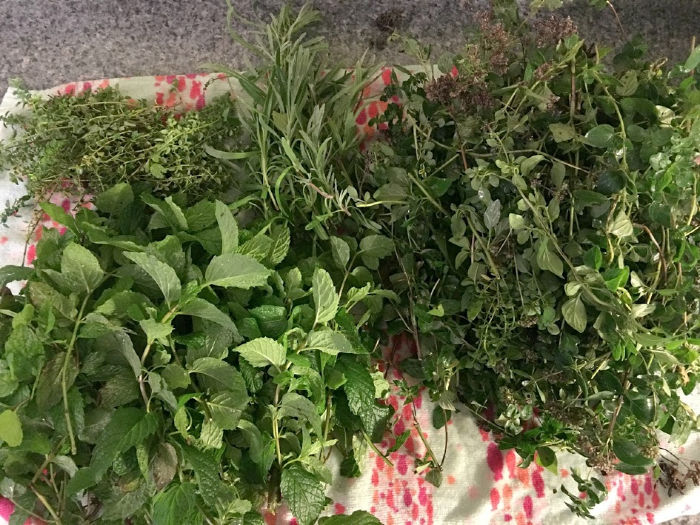
**Information provided here is based on my own research/experiences, I encourage you to also do your own. I am not a medical professional and any advice on medicinal uses for herbs should be evaluated by your doctor especially if you have a medical condition, are on medications, or are pregnant or nursing. Herbal remedies are fine for minor medical issues, but serious or ongoing medical complaints should always be evaluated by your doctor!**
Basil
Basil is one of the most popular herbs used for cooking. Whip up some fresh pesto, season your salads or soups, blend herbal butter, infuse it into olive oil, enjoy a few leaves with some sun ripened garden tomatoes – so many options! Did you know that basil is also commonly used to treat intestinal troubles like gas, diarrhea, and constipation? Basil leaves contain eugenol which provides an anti-inflammatory action in the digestive tract.
Basil is an annual that likes warm weather (it will show signs of damage if the temps dip below 50), and warm loamy soil with 6-8 hours of sun. I have a hard time starting basil from seed in my climate, so I always use pre-started nursery plants. Wait until at least two weeks after the last frost to transplant seedlings or nursery plants into the garden. For best growth, pinch off flowers early in the season. After I’ve harvested enough for myself for the season, I like to let the plants go to flower for the bees.

Lemon Balm
Lemon balm is a fast-growing herb in the mint family that will take over if left unchecked, but it has tons of uses so it’s good to have a lot! In the kitchen, lemon balm can be used in baking in place of lemon peel. It is great paired with fish or chicken, infused in honey, or tossed in fruit salads or smoothies. Lemon balm also adds a bright citrus flavor to herbal tea blends. Like most mints, chewing the leaves can aid indigestion & heartburn. Lemon balm contains rosmarinic acid, a compound with antioxidant qualities that can help relieve stress, anxiety & insomnia. I like to pick a leaf or two just to rub between my fingers and smell for a quick pick me up!
Lemon balm is a perennial that prefers evenly moist soil and will grow better in a slightly shadier corner of the garden. Grow this one in a container, prune regularly, or plant in an area you don’t mind it taking over as it can become invasive.
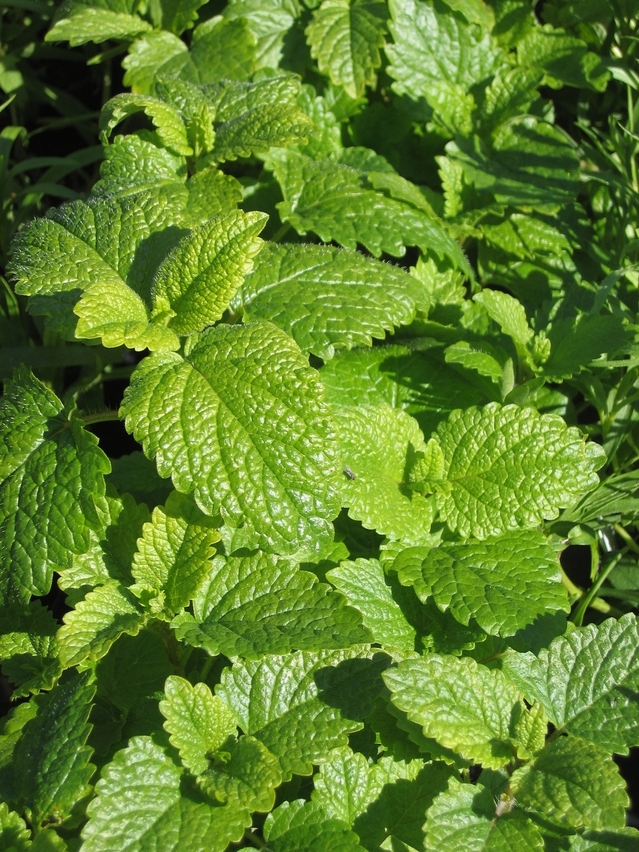
Lavender
Best known for its calming aromatherapy benefits, lavender has so many more uses! Of course, drying bundles of lavender for use in sachets, lotions, soaps, salves, and more is a great way to use lavender, but it is also edible. English lavender (Lavandula angustifolia) has the sweetest flavor and is the most used for culinary purposes. English lavender is also the most cold hardy (up to zone 5). Lavender can be a strong-tasting herb so a little goes a long way. It’s lovely ground into sugar for baked goods or mixed into a herbal blend for chicken (popular Herbes de Provence blend mixes marjoram, rosemary, thyme, oregano, and lavender). You can also make a simple syrup with lavender to add flavor to iced tea or lemonade for a cool summer drink. Lavender has long been used to help with anxiety, depression, insomnia, and headaches.
Not only is it useful, it will add beauty to your garden and attract pollinators. Lavender can be a little tricky to grow, but worth it if you can grow it in your zone. Generally suited for zones 5-8, depending on variety, it doesn’t like extreme cold or hot, humid weather. It needs full sun but can tolerate poor or even slightly rocky soil. Once established, lavender benefits from annual spring pruning to continue producing abundant flowers.

Comfrey
Thousands of years ago, no garden would be complete without comfrey. Although not as widely grown today, it is experiencing a resurgence with good reason. Comfrey (Symphytum officinale) is also sometimes called Knitbone which speaks to its traditional use for healing. Comfrey’s leaves contain high levels of allantoin to promote cell growth and rosmarinic acid to help relieve pain & inflammation. This makes it an excellent candidate for infusing into oils for making healing salves for minor wounds, back pain, bruises, minor burns & sore muscles. While it is edible and many people use it to treat internal issues as well, I would advise against it unless you are under the care of an experienced herbalist or doctor as too much can be toxic to your liver and could be carcinogenic.
Comfrey is very easy to grow from bare root plants and will establish quickly. A large plant with large leaves and beautiful purple, bell shaped flowers in early spring, it is a lovely addition to the garden and provides a great, early season food source for pollinators. If you have more leaves than you can use in salves, it is also an excellent amendment to your compost bin with it’s high nitrogen levels. Click here to check out my full post on growing & using comfrey,

Calendula
Also known as Pot Marigolds (Calendula officinalis), Calendula is a cheerful and useful addition to any garden. Super easy to grow from direct sown seeds, in most zones this daisy like flower will grow readily. Calendula is full of skin healing, anti-bacterial and anti-inflammatory properties. Calendula tea is helpful for sore throats, mouth sores, and digestive & reproductive issues. The cooled tea can also be used as a face wash for acne prone skin & a hydrating facial toner. Calendula salves can be used to calm sunburns, bug bites, minor cuts, eczema, & dry, cracked hands. High in vitamin A, calendula petals make a bright & nutritious addition to salads.
Calendula can be grown in zones 2-10 in full sun to partial shade (depending on variety). It is not overly picky about fertilizer or rich soil, so perfect for beginner gardeners.

Oregano
A Mediterranean herb most often used for cooking, oregano is a wonderful multi-purpose herb for meats, eggs, breads, soups, sauces & marinades. Antioxidant rich fresh or dried oregano can boost your immune system and can help battle infections in your body. It is rich in many vitamins and minerals. Oregano also has antibacterial, anti-fungal & anti-inflammatory properties which make it an excellent addition to a medicinal herb garden as well. Add oregano to a pot of boiling water and inhale the steam to loosen congestion & calm coughs (try also adding some rosemary, sage, basil and/or thyme too).
Make an oregano tincture (put leaves & flowers in a jar with 80 proof vodka and let sit in a dark cabinet for 4-6 weeks, strain, store in dark amber glass jar). Take a 1/2 – 1 tsp daily to boost immune system during cold & flu season or at the first signs of a cold. It could also be used topically to help with canker sores, nail or foot fungus (don’t use on broken skin).

Peppermint
Fresh & energizing peppermint is an easy-to-grow addition to your garden. Like other mints, it can start to take over your garden if left unchecked. It will grow well in a container. Chopped peppermint leaves are great tossed into brownie or cake batter, soups & salads. Mint leaves are a cool addition to iced tea, cocktails & lemonade in the summer. Rodents are known to dislike the smell of peppermint so try planting some around your chicken coop or barn. It’s fresh, clean smell pairs well with homemade cleaning products or homemade mouthwash.
Medicinally, peppermint is best known for its stomach-soothing qualities. A cup of peppermint tea can ease nausea, upset stomach, and other digestive troubles. Carry a couple of fresh leaves with you when traveling, smelling it can ward off motion sickness. Peppermint can also help to relax your mind at the end of the day or when you are feeling anxious. The menthol in peppermint can ease tense muscles and pain so topical applications in an oil infusion can be great massaged into the temples for headaches, or on sore, tired feet.
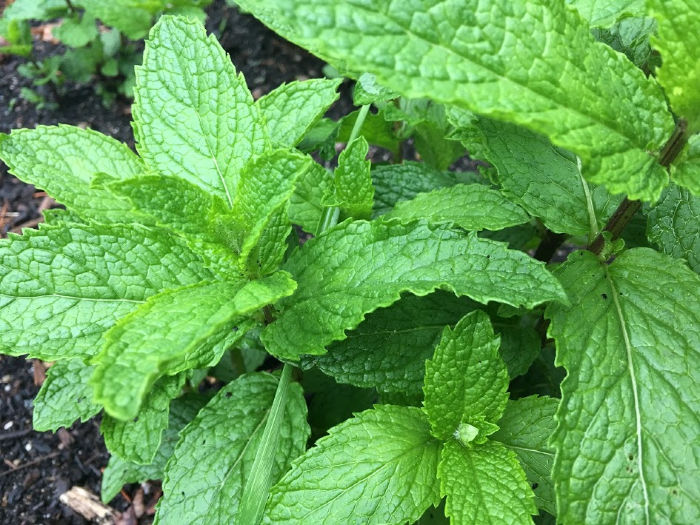
Echinacea
Famous for its cold & flu relief, echinacea is a happy sight in any herb garden. Butterflies & bees love the mounded seed head, daisy like flowers. They add a sweet, wildflower cottage vibe to the garden that always makes me smile! Echinacea isn’t picky about soil conditions and prefers full sun, but can tolerate a little shade. It is a hardy perennial in zones 3-9.
Dozens of echinacea and echinacea hybrids exist, with Echinacea purpurea being the most commonly available and most used medicinally. Echinacea is widely used to fight infections, especially the common cold, the flu & sore throat. A herbal tea can be made with dried petals or leaves or you can also use the petals to make a tincture.
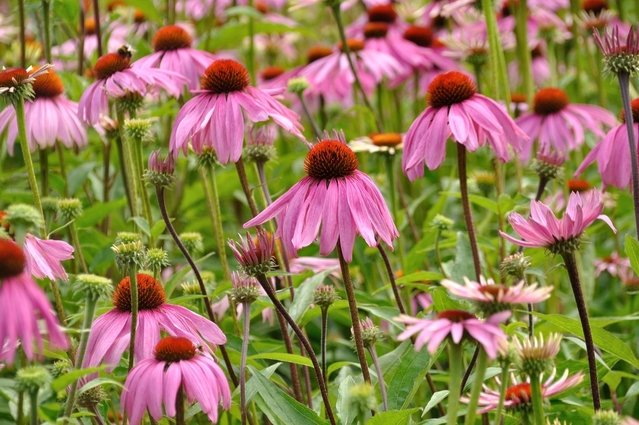
Rosemary
Rosemary is easy to grow, even for beginners. It can even happily grow indoors on a sunny windowsill. You will want to harvest regularly to avoid the stems getting lanky. Left untended in a warm climate, a rosemary bush can get very large. It is a slow growing plant the first couple of years, so I would recommend starting with nursery plants rather than growing from seed.
Rosemary is only cold hardy to zone 9, so in my New England garden, rosemary has to be brought indoors for the winter or replaced every year. In early spring, rosemary will set lovely tiny flowers that are a great source of food for pollinators just waking up for the season. This classic spice is wonderful paired with meats, fish, vegetables, and in stews, soups, dressing, and bread. Tie bundles of rosemary to hang in the kitchen or bath to enjoy the fresh, woody scent.
Rosemary can stimulate hair growth and strengthen hair strands. Infuse dried rosemary in argan or jojoba oil, massage into scalp and hair strands for a wonderful deep oil hair treatment. Boil water with fresh or dried rosemary and inhale the steam to help clear congestion or to ease anxiety or stress. Make a healing rosemary salve for skin irritations, eczema relief, minor bruising. Brew rosemary tea for help with indigestion and menstrual cramps. Note: pregnant women should not drink rosemary tea or use any concentrated forms of rosemary.

More reading
There are so many great culinary & medicinal herbs out there! Way too many to cover in one blog post. I definitely recommend investing in a complete herbal guide or two. Here are a few of my favorites!
The Homesteader’s Herbal Companion by Amy Fewell
Herbal Medicine Natural Remedies by Anne Kennedy
Your Backyard Herb Garden by Miranda Smith
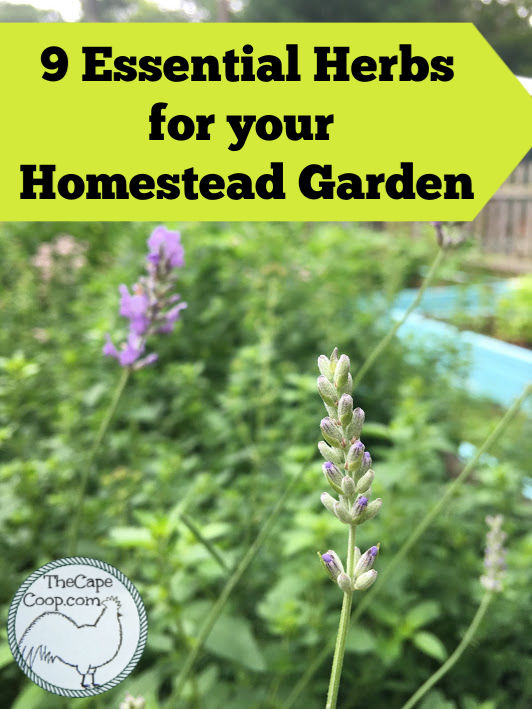

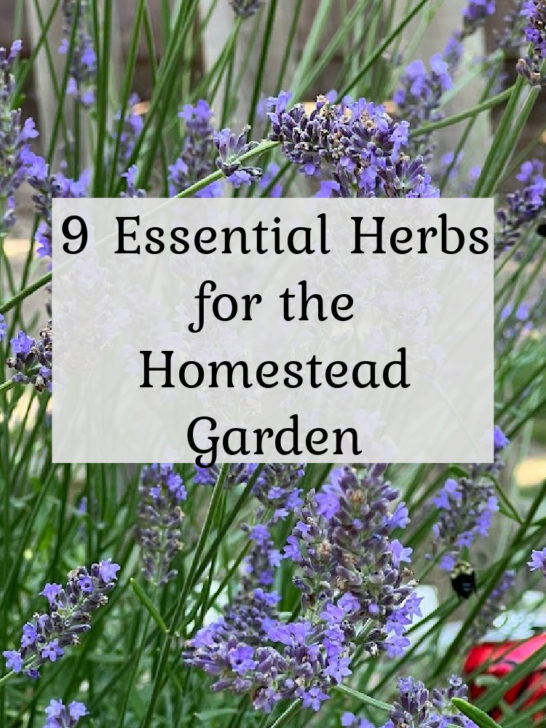

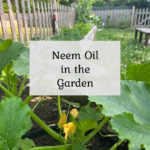
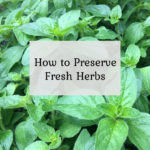
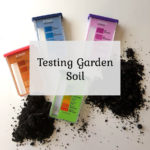
James Rockey
Thursday 23rd of April 2020
Amazing tips.Big fan of herbs. It sounds as if you wrote for me as I was planning to grow herbs in this season. Knowing about Lemon Balm as a mint family is new to me. What kind of soil do you prefer to grow this herb? Should I prefer acidic soil or non-acidic?
The antioxidant quality of this plant was unknown to me before reading this article. Now I will grow it in my garden.
Liz
Thursday 23rd of April 2020
I love lemon balm! It prefers loose, sandy soil with lots of organic matter. I add a lot of composted chicken manure around most of my herbs and they love it
Laurie
Sunday 7th of April 2019
You named my favorites! Basil, rosemary, and lavender, but I also love anise hyssop!
Liz
Monday 8th of April 2019
Ooh that is a good one too!
Tiffany
Tuesday 8th of January 2019
Love the comfrey suggestion! And calendula is one of my faves, too. Great post! Idk about you, but I always feel like I’m under-utilizing my lavender. I have 5 different bushes. It’s so hard for me to cut them down when they’re budding...or in bloom...they’re so pretty. By the time I am willing to snip them, the buds are gone. Does your advice change if I only want to use the leaves at the end of the season?
Liz
Tuesday 8th of January 2019
Even if you aren't using the buds, you are still enjoying them in the garden! Honestly that counts a lot for me! I love walking into a beautiful garden with not just vegetables, but flowers too, and lavender has such a lovely scent. I would encourage you to try and remember to harvest some this year though, even if it's just to dry the bundles and hang around your house. That said, I also am way under utilizing my lavender because I hate to cut them! I try to at least get a few bundles, but for the most part I just enjoy them in my garden!